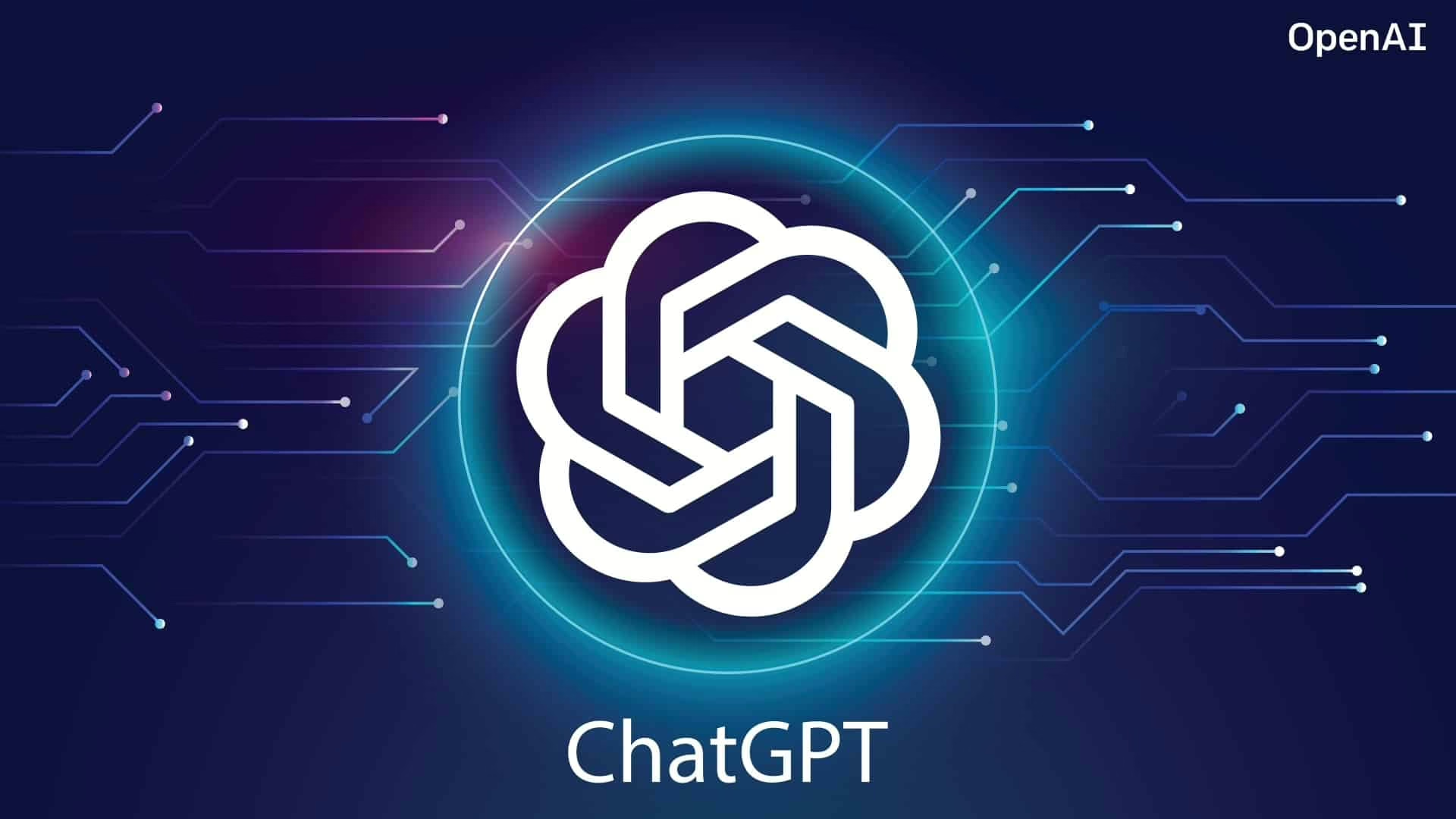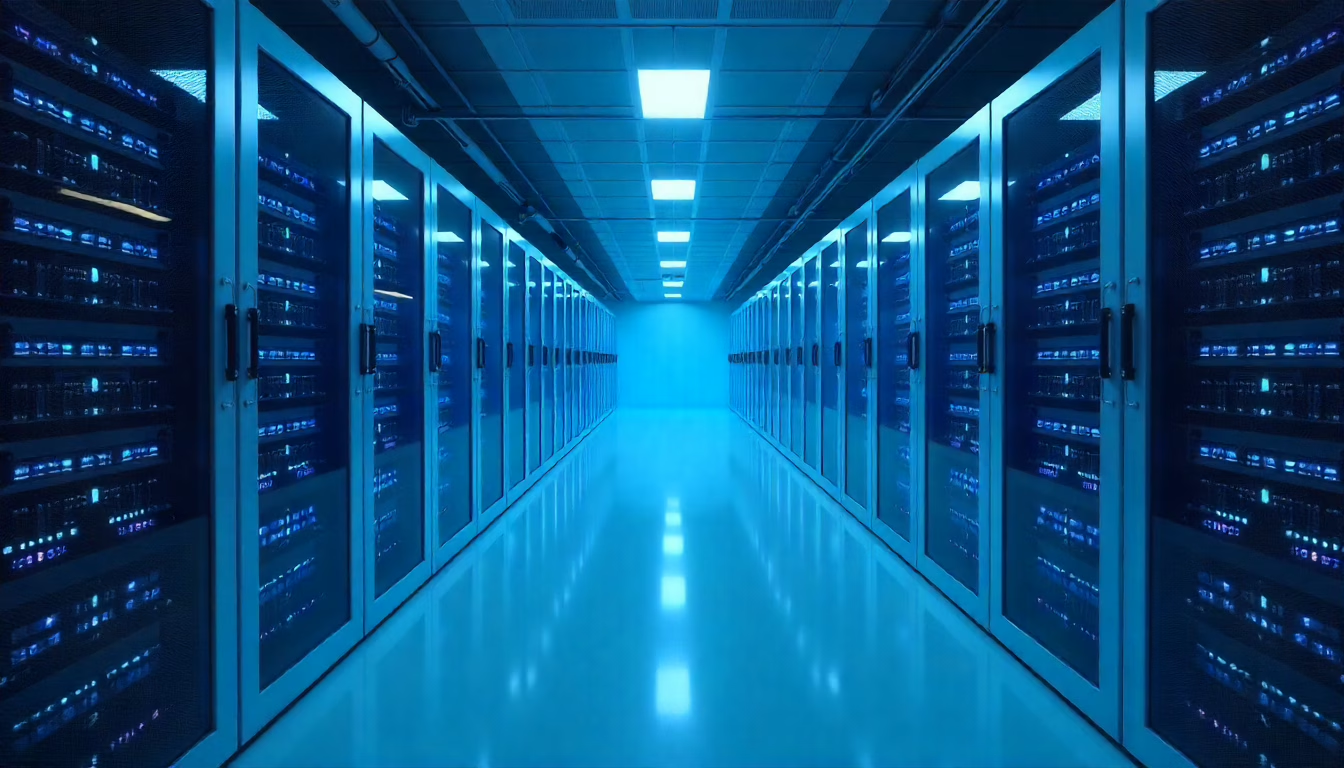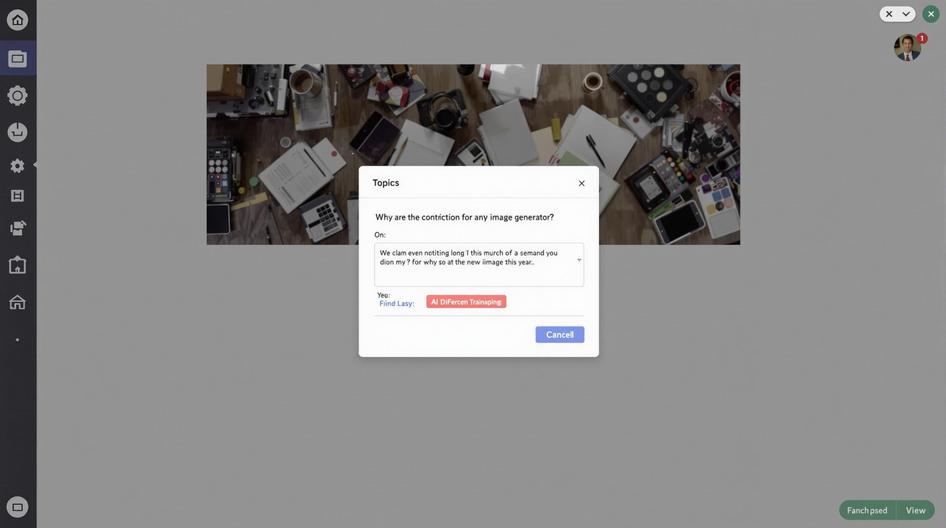
Cloud Giants, Mega Deals, and the Future of Infrastructure: How an Industry is Transforming
The tech world has been obsessed with one story lately: the explosive growth of cloud computing. It’s not just about storing photos anymore. We’re talking about the backbone that powers everything from AI innovation to the apps you can’t live without. And right now, some of the biggest names in tech are making moves that’ll reshape how we think about digital infrastructure.
What’s happening isn’t subtle. Oracle just shook up its entire leadership structure, Meta’s reportedly cooking up a $20 billion cloud deal, and OpenAI signed what might be the largest cloud contract in history. These aren’t just business moves; they’re signals of where the entire tech ecosystem is heading.
Oracle’s Bold Leadership Bet
Let’s start with Oracle’s September surprise. The company just named Clay Magouyrk and Mike Sicilia as co-CEOs, and this isn’t your typical corporate reshuffling. Oracle’s cloud-first strategy is now front and center, with Magouyrk leading the charge on infrastructure growth while Sicilia brings his expertise from vertical industry solutions.
Why does this matter? Oracle’s basically saying goodbye to its legacy software roots and hello to competing with Amazon Web Services and Microsoft Azure. Kirk Materne from Evercore ISI put it perfectly: investors already know these guys, and their promotions make it crystal clear that cloud and industry businesses are Oracle’s growth engines.
It’s a massive bet. In a world where AI workloads demand enormous computing power, Oracle wants to be the infrastructure provider that everyone else depends on.
The Deal-Making Frenzy
But leadership changes are just the setup. The real story is in the numbers, and they’re staggering. Oracle’s negotiations with Meta for a $20 billion cloud arrangement would be huge on its own. But that’s not even the biggest deal in play.
OpenAI apparently signed a $300 billion contract with Oracle over five years. Three hundred billion. That’s not a typo. This deal reflects something we’re seeing across the industry: AI companies need massive, always-on infrastructure to train and run their models, and they’re willing to pay premium prices for it.
What’s Meta getting out of this? As they push deeper into AI and immersive experiences, they need flexible, scalable computing that can handle unpredictable workloads. For Meta, this isn’t just about cost; it’s about speed to market and competitive advantage.
These partnerships represent a shift in how we think about cloud providers. They’re not just vendors anymore but strategic partners forming the digital backbone for innovation. When OpenAI or Meta signs these massive deals, they’re essentially betting their future on Oracle’s ability to scale alongside them.
Building the Physical Cloud
Here’s where it gets interesting for anyone following data center expansion. These deals aren’t just about existing infrastructure. OpenAI’s partnership with SoftBank and Oracle is planning new computing facilities across the United States. We’re talking about billions in physical infrastructure investment.
Why does location matter? Latency, for one. If you’re running real-time AI applications, every millisecond counts. But there’s also the sustainability angle. New facilities can be designed from the ground up with energy efficiency in mind, which matters when you’re running thousands of GPUs 24/7.
Plus, these investments create regional tech hubs. When Oracle builds a massive data center in your area, it doesn’t just bring jobs. It attracts other tech companies, creates a talent pipeline, and can transform entire regions into innovation centers.

The Consulting Boom
While everyone’s focused on the infrastructure headlines, there’s another story brewing. The global IT consulting market is exploding, with projections hitting $906 billion by 2032. That’s a 7.4% compound annual growth rate, and it’s driven by companies that know they need to move to the cloud but have no idea how to do it safely.
Think about it from a business perspective. Moving your entire operation to the cloud isn’t just about flipping a switch. You need to choose the right platforms, integrate legacy systems, and ensure your security doesn’t fall apart in the process. That’s where consultants come in, offering everything from strategic roadmapping to ongoing security monitoring.
For companies in finance, healthcare, or any industry with strict compliance requirements, getting cloud migration wrong isn’t just expensive; it can be catastrophic.
Government’s Cloud Conundrum
The private sector isn’t the only one grappling with cloud decisions. In September, the US Navy awarded Microsoft a sole-source contract under the Joint Warfighting Cloud Capability program. But here’s what makes this interesting: the Navy openly admitted to vendor lock-in risks.
That’s rare honesty in government contracting. By choosing a single provider, the Navy gets immediate access to mission-critical capabilities without the complexity of multi-vendor integration. But they’re also acknowledging that switching providers later would require massive re-engineering efforts.
This raises crucial questions for any organization, not just government agencies. How much flexibility should you preserve when choosing cloud partners? Is the convenience of a single-vendor solution worth the potential lock-in risks?
What’s Next for Cloud Infrastructure
Looking ahead, these developments signal that cloud computing has moved beyond being a utility. It’s becoming the strategic foundation for AI innovation, business competitiveness, and even national security.
But with great power comes great responsibility, and the industry faces some serious challenges. Vendor lock-in is just the beginning. We’re also dealing with data security concerns, the environmental impact of massive data centers, and questions about the ethical use of AI infrastructure.
The future will likely see more collaboration between cloud providers, their clients, and regulators to establish best practices. We need frameworks that ensure rapid technological progress benefits everyone, not just the companies with the deepest pockets.
For developers and IT leaders, the message is clear: continuous learning isn’t optional anymore. Cloud-native skills are becoming as fundamental as programming languages, and staying ahead means embracing change rather than resisting it.
The race for cloud supremacy is just getting started, and the winners will be those who can balance innovation with responsibility, scale with security, and growth with sustainability. The deals being signed today will shape the technological landscape for decades to come.
Sources
- Oracle names co-CEOs as it bets business on cloud computing – Los Angeles Times, September 22, 2025
- Oracle in talks with Meta on $20 billion AI cloud computing deal – Reuters, September 19, 2025
- New York Times business news – TradingView, September 24, 2025
- IT Consulting Services Market projected to reach USD 906.47 Billion by 2032 – PR Newswire UK, September 22, 2025
- Navy awards Microsoft sole-source cloud contract, admits vendor lock-in risk – Washington Technology, September 23, 2025






























































































